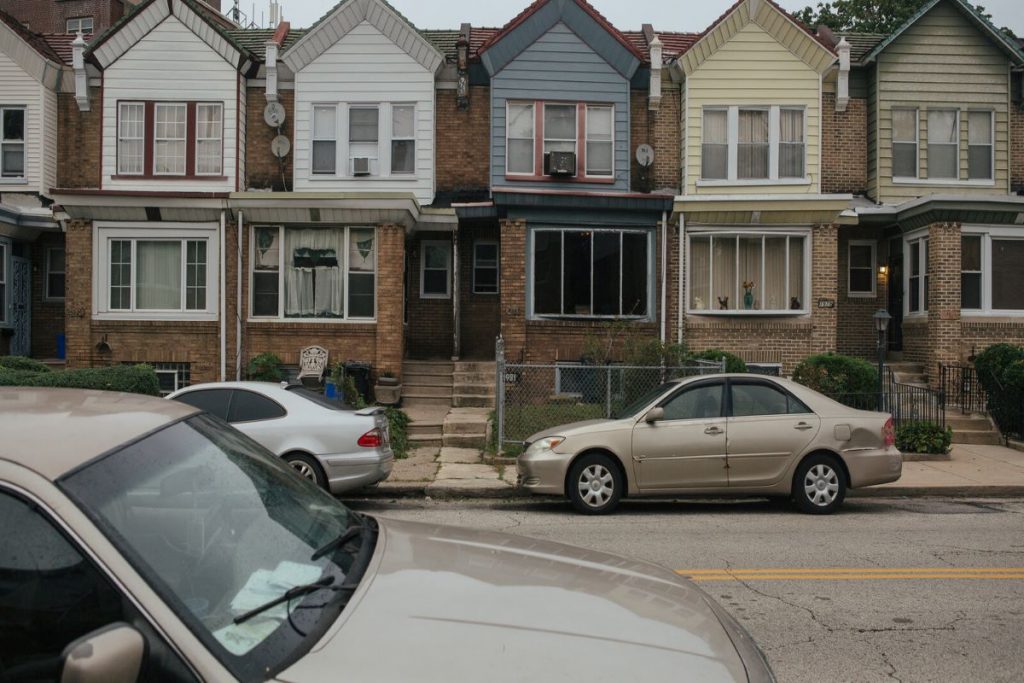Table of Contents
Buying your first home is a proud moment and, for sure, an overwhelming experience. Though you may feel satisfied having found the home of your dreams, there’s still a long way ahead till you take possession of the property. Not to mention, seeking a mortgage is one of the necessary tasks.
When it comes to securing a mortgage for your first home, you cannot afford to make hasty decisions. After all, hastiness may cost you a fortune and break your bank in the long run. And you wouldn’t want that to happen to you.
So, what is it that you should pay attention to when applying for a mortgage? Or rather, how do you choose which mortgage is better?
Look for the Loan-To-Value ratio offered by your lender!
What is the Loan-to-Value Ratio?
The ratio of the loan you seek to the deposits you have is the Loan-To-Value ratio. It is also expressed as the percentage of the value of your home to the deposits you have.
LVR is an important criterion used by banks and lending institutes to assess the risks involved. In other words, a lender would look at LTV to know how much interest should they be charging and also make sure that you can repay the mortgage on time.
Notably, knowing the LVR can help you decide which lender should you choose. Likewise, as explained in this article, https://jaketaylor.com/how-to-pay-off-your-mortgage-sooner/, it can also help you decide how soon you can pay off your mortgage. But the question is, how does the Loan-To-Value ratio work?
Keep reading to know more.
How Does LVR Work?
Simply put, if you mortgage 90% of the value of your home then your LVR stands at 90. Or, let’s say you borrow $500,000 to buy a home that evaluates at $600,000 then your LVR ratio would be 83. It’s elementary mathematics.
It is, however, important for two reasons. One it helps decide the rate of interest, as already mentioned. And second, it also helps decide your loan limit.
Can You Get a Mortgage with a Low Deposit?
It might be heartbreaking to some, but low deposit home loans are not for everyone. While some people can get a low deposit home loan, of course, depending on how low is low for you.
Usually, there are limitations and approval grounds based on which a bank may or may not approve your home loan. For example, if the home you’re planning to buy is on the outskirts of a huge economic center, the likeliness of approval is higher.
Likewise, the type of property and the amenities around it, along with your personal assets, can all make a difference. It is advised that you check with your bank or the lending agency for more clarity.
Can You Get More Than an 80% Loan?
Thankfully, you can borrow more than 80% of the LVR value. For a number of reasons, many of you would really need to borrow close to 90% of the value of your dream home. Of course, not everyone has huge savings or can make the deposits.
However, just so the banks could process your high-risk loan, they require you to pay for mortgage insurance. Thankfully, it is a one-time premium that you have to pay if you wish to borrow at more than 80% LVR.
Normally, the bank or the lender would also levy higher interest rates along with collecting a premium for insurance. This is to ensure a quick recovery of the principle. So if you believe you can pay higher interest rates and a small premium, then of course go ahead with it.
Is There Any Way Around?
Finally, the most important question that most of the mortgage seekers would have- is there any way around LVR rules? The answer is YES!
But, it is not as simple as said. Usually, the banks or the financing institutions would need you to pay insurance premiums, as already mentioned. And that’s, notably, is not all. Although paying for a mortgage insurance lets you borrow more, it also puts you at a higher risk of losing your home, if you fail to repay the loan.
For this reason, the government agencies and state-run banks usually frame some rules. For example, there are many housing and mortgage schemes that can let you buy a home at discounted rates. Veteran benefits are one of such schemes.
There are plenty of other grants and schemes on offer. You can easily get in touch with your local estate office to know more about such grants. In addition to telling you about any such schemes, they may also help you see if you can enroll for the same.
Usually, every grant or scheme has some criteria to enroll the beneficiaries. And believe it, you cannot just fill out a paper and enroll in the program. There are several steps involved.
The Way Forward
Undoubtedly, the first home experience is easy to imagine but not as easy to live through. Owing to what problems financial institutions and banks put forth, it is always better to assess your options. And in this regard, knowing your Loan-To-Value ratio is surely a great help.
Of course, the mortgage is not the only option you’ve got, and neither is going to a conventional bank. You can actually borrow a loan from almost any financial institution, given that you fulfill their loan eligibility.
Noteworthy is the fact that the amount you borrow and the interest you pay for it, will decide the tenure of your loan. It is a common practice to pay off home loans or home mortgages in one or two decades. Yet, only you can decide it for yourself, whether you wish to be paying loan EMIs for 10 or 20 years to come. So, in short, you must beware of what you wish for.
Do you wish to borrow all of your dream home’s value or would like to keep it low-profile? You should be ready to bear the repercussions of your decision, as you would like to enjoy the benefits.








